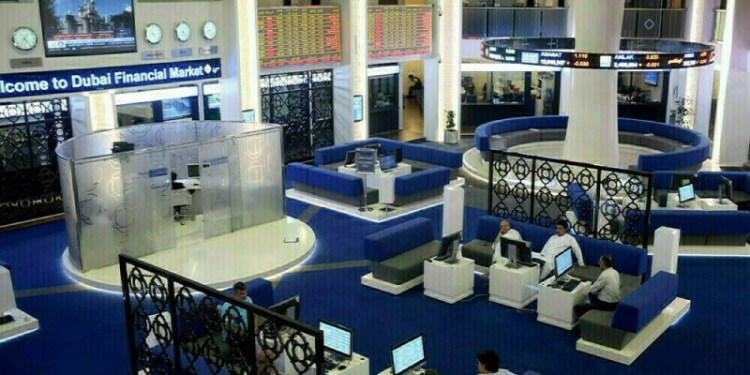Investing.com – Crude oil prices settled higher on Thursday after data showing crude stockpiles fell for the seventh-straight week offset a larger than expected build in product inventories.
On the New York Mercantile Exchange for February delivery rose 0.62% to settle at $62.01 a barrel, while on London’s Intercontinental Exchange, gained 0.18% to trade at $67.97 a barrel.
Crude oil prices’ bullish start to the week continued following an Energy Information Agency (EIA) inventory report showing crude stockpiles fell more-than-estimated but gains were capped somewhat as both distillates and gasoline inventories rose.
Inventories of U.S. crude fell by roughly 7.4 million barrels for the week ended Dec. 29, beating expectations of 4.7 million barrels.
Gasoline inventories – one of the products that crude is refined into – by 4.8 million barrels, well above expectations for a rise of 2 million barrels, while supplies of distillate – the class of fuels that includes diesel and – by 8.9 million barrels, confounding expectations for a rise of just 500,000 barrels.
US distillate supplies are 20 million barrels below 2016 levels but just one million barrels shy of the ten-year seasonal average.
Crude production, however, continued to advance toward 10 million barrels per day, despite the Enchilada platform fire halting some Gulf of Mexico production. Total weekly U.S. production jumped by 28,000 barrels a day to nearly 9.8 million barrels a day, EIA reported on Thursday.
Sentiment in oil prices is expected to remain bullish through 2017, Merrill Lynch said in a note to clients, adding that the recovery in oil prices is sustainable as “oil cycles do not end abruptly” but through “gradual rebalancing of supply and demand.”
Fusion Media or anyone involved with Fusion Media will not accept any liability for loss or damage as a result of reliance on the information including data, quotes, charts and buy/sell signals contained within this website. Please be fully informed regarding the risks and costs associated with trading the financial markets, it is one of the riskiest investment forms possible.
Source: Investing.com



























